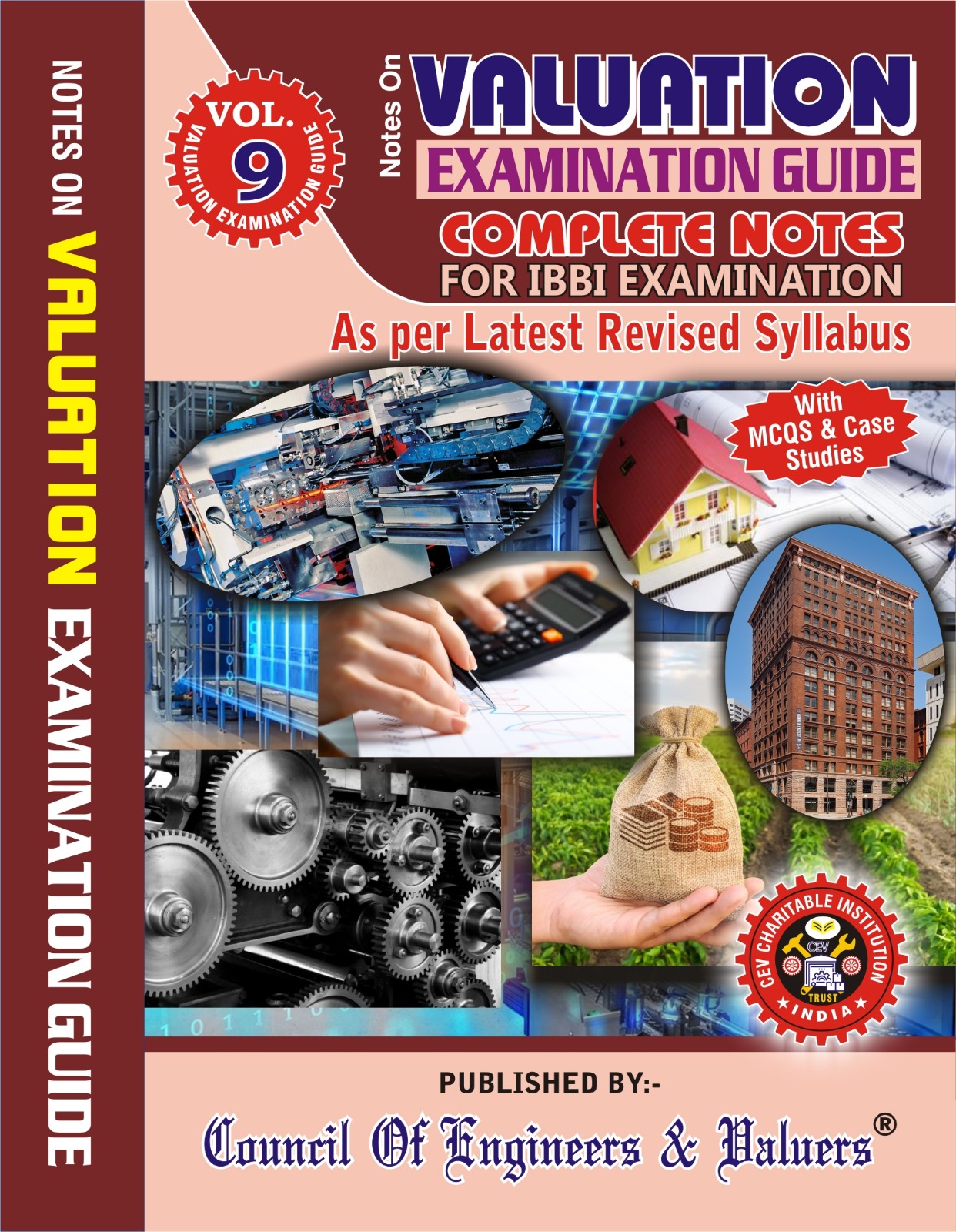Saturday Brain Storming Thought (265) 08/03/2025
INCOME DECLARATION SCHEME
The Income Declaration Scheme was introduced by the Government of India in 2016 in a move that was aimed at encouraging tax evaders to declare their income and pay the applicable taxes voluntarily
It was introduced for those individuals who have not declared their income properly
Under such a scheme, such individuals can declare their undisclosed income by paying a tax of 30%, a surcharge of 7.50% and a penalty of 7.50%, which is a total effective tax rate of about 45%
Who can disclose Income and Assets under the Income Declaration Scheme
All domestic taxpayers are eligible to declare income under this scheme
1) Individual
2) HUF
3) Company (Private Limited / Public Limited / One person company)
4) Firm (LLP / Partnership Firm)
5) An Association of Persons or a body of individuals, incorporated or not incorporated
6) Artificial judicial person and a local authority
Income Declaration Scheme – Benefits
1) The declared undisclosed income will not be included in the total income for any assessment year under the Income Tax Act
2) Information in the declaration will not be used as evidence against the declarant in penalty or prosecution proceedings under the Income Tax Act or the Wealth Tax Act 1957
3) Immunity from the Benami Transactions (Prohibition) Act 1988, will be granted for the disclosed assets, provided the benamidar transfers the asset to the declarant or their legal representative by 30 September 2017
4) The value of the declared asset will not be subject to wealth tax for any assessment year
5) Declaring undisclosed income will not affect the finality of completed assessments
6) Declarants cannot reopen any assessments or reassessments under the Income Tax Act or Wealth Tax Act 1957, nor claim any set-off or relief if any appeal or other proceedings related to such assessments
Forms required for the Income Declaration Scheme
1) Form 1
This is a declaration form that the taxpayer must complete and submit by the specified due date, 30 September 2016
2) Form 2
This form serves as an acknowledgement of the declaration and must be issued within 15 days from the end of the month in which the declaration was filed
3) Form 3
The taxpayer must submit Form 3 of the income declaration scheme in this form to confirm the payment of tax, surcharge and penalty by the specified date, 30 November 2016
4) Form 4
This certificate of declaration is issued by the Principal of Income Tax (PCIT) or Commissioner of Income Tax (CIT) within 15 days from the date of payment confirmation
How to declare Income under the Income Declaration Scheme
Form 1 can be submitted through the following modes
1) Online using a digital signature
2) By transmission of data in the electronic form under the Electronic Verification Code (EVC)
3) In print form to the concerned principal commissioner
Category of Declarant and Signing Authority for Income Declaration Scheme
1) Individual
A) If the declarant is present in India – Self
B) If the declarant is absent from India – Self or Authorised Representative
C) If the declarant is mentally incapacitated – By Guardian or another Competent Person on his/her self
2) Hindu Undivided Family (HUF)
A) By Karta of HUF
B) If Karta is absent from India or mentally incapacitated – By any other Adult member of HUF
3) Firm
A) By managing partner of the firm
B) If the managing partner is absent from India or mentally incapacitated – By other Managing Partner of the firm
4) Company
A) By Managing Director (MD) of the company
B) If the MD cannot authorise the declaration by any means, the other MD can sign
Various Judgements – Limitations of immunities provided under Income Declaration Scheme
1) Emphasize the duty of the assessee to disclose all material facts
2) Reasons to believe as requiring objective material with a reasonable view
3) The valid reopening is based on specific, reliable and relevant information
4) The conceptual difference between the power to review and the power to reassess
5) The immunity under a tax amnesty scheme does not extend to other laws
6) The immunity granted under voluntary disclosure schemes is limited and specific
7) Immunity under tax amnesty schemes does not protect against offences under other enactments
Legal reasoning on several aspects by Supreme Court for IDS
1) Tangible Material
The Court held that the AO had sufficient objective material from search and seizure operations indicating that the assessees income was understated through accommodation entries
2) Scope of IDS Immunity
Clarified that Section 192 of the Income Tax Act provides immunity only to the declarant under Section 183 and does not extend to third parties like the assessee who did not participate in the declaration
3) Disconnection Between Declarations
Emphasized that the IDS declaration by Garg Logistics Pvt Ltd was separate and did not shield the assessee from reassessment based on independent findings
4) Reaffirmation of Established Legal Standards
Reinforced that the reopening of assessments cannot be based on mere conjectures or changes in opinion but must be grounded in concrete evidence
5) Limitations of Immunity Schemes
Highlighted that immunities under schemes like IDS are limited in scope and do not provide blanket protection against all forms of tax evasion or concealment
The Court clarified that protective schemes do not offer carte blanche immunity, especially when independent evidence suggests income evasion
Impact of Supreme Court Judgements on IDS
1) Clarification on IDS boundaries
2) Strengthening Revenues Rescission Powers
3) Discouraging Front Companies
4) Judicial Oversight on Reassessment
5) Guidance for future cases
Overall, the judgement fortifies the integrity of the tax system by ensuring that declarations under schemes like IDS do not become loopholes for circumventing tax liabilities
COMPILED BY:-

Er. Avinash Kulkarni
9822011051
Chartered Engineer, Govt Regd Valuer, IBBI Regd Valuer



